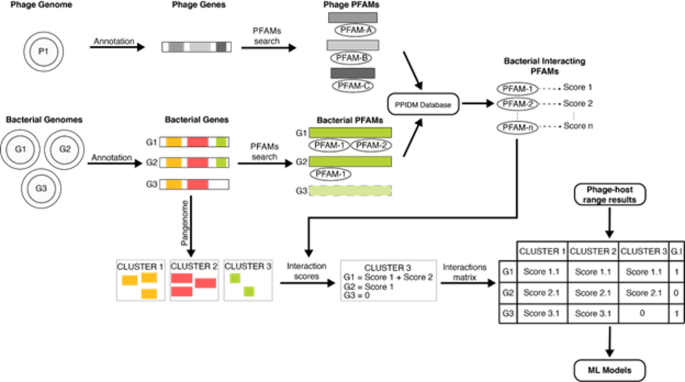Sharma, S. et al. Bacteriophages and its applications: an overview. Folia Microbiol (Praha) 62, 17–55 (2017).
Google Scholar
Ramos-Vivas, J., Superio, J.,…

Sharma, S. et al. Bacteriophages and its applications: an overview. Folia Microbiol (Praha) 62, 17–55 (2017).
Google Scholar
Ramos-Vivas, J., Superio, J.,…